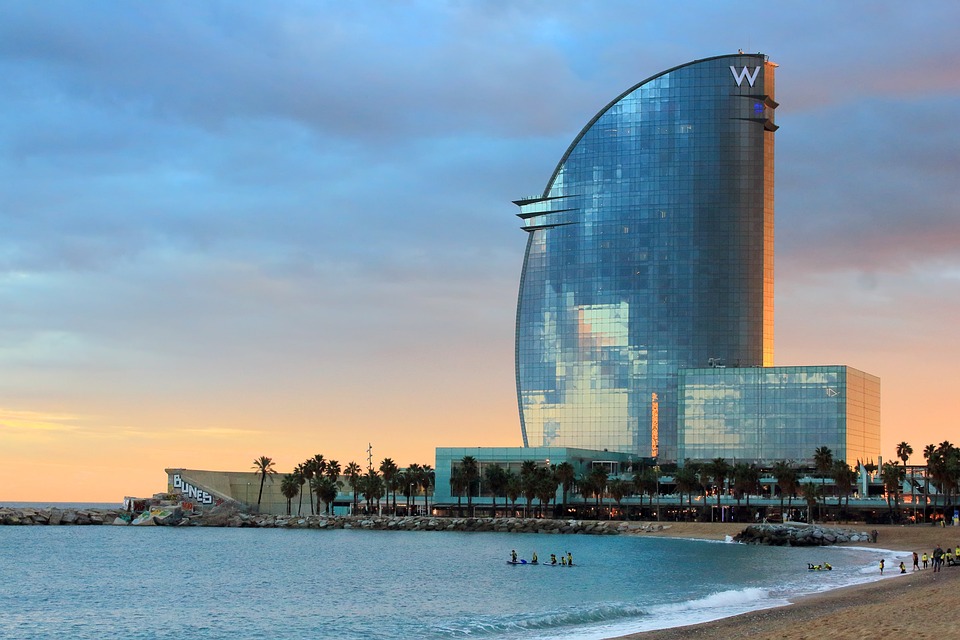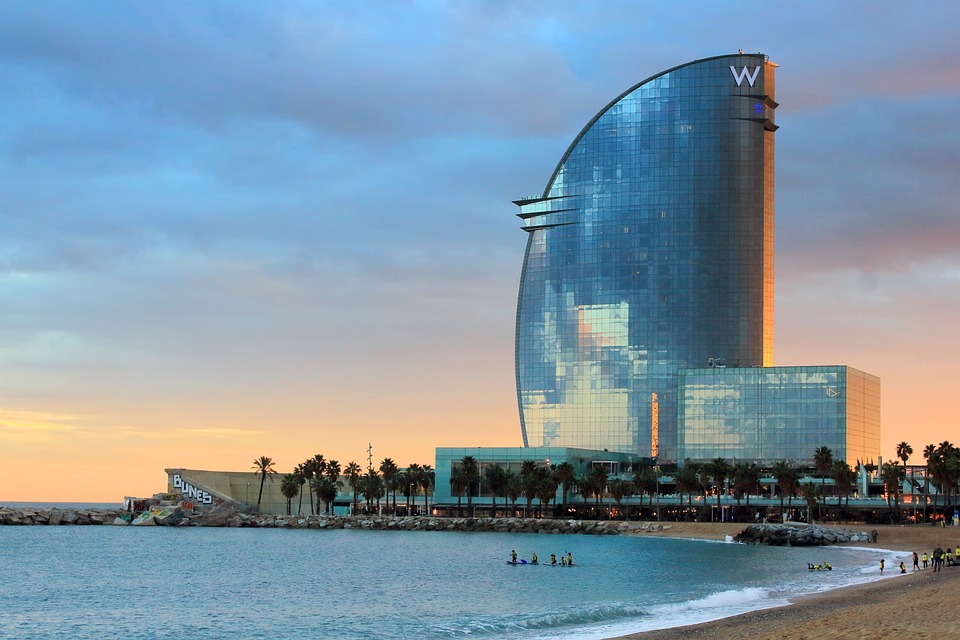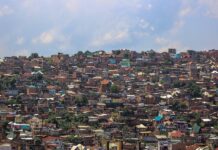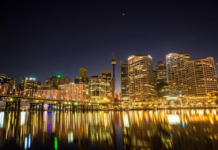A Country Within A Country: Travel To Barcelona
autonomous states. The regional language is Catalan, along with the national language of Castilian Spanish. There has long been pressure from the Catalonian government and nationalists to earn complete autonomy from Spain. Consequently, the exclusive culture can be difficult to adjust to and the…

The distinctive regional culture of Barcelona is largely due to geography and a plentitude of national pride and elitism. Barcelona is the capital of Catalonia, one of Spain’s 17 semi-autonomous states. The regional language is Catalan, along with the national language of Castilian Spanish. There has long been pressure from the Catalonian government and nationalists to earn complete autonomy from Spain. Consequently, the exclusive culture can be difficult to adjust to and there is significant animosity towards foreigners around the main tourist street of Las Ramblas. To thoroughly enjoy the sweet life and gentle hospitality of Barcelona, leave this busy area and explore the many diverse districts, endless with possibility.
Café Life and Nightlife for the Night Owl
Barcelona is truly a city that never sleeps, particularly during the warm Mediterranean summers. Avoid standing out like a sore thumb by eating dinner when the locals do: after 10 p.m. It is common to see children, grandparents and the family dog gathering at the outdoor cafes at these hours when the day’s work is finished and time for friends and family has commenced. Since Barcelona hosted the Olympics in 1992, the city has been revamped with visitor friendly attractions such as the massive Olympic Village, a string of swanky restaurants, state-of-the-art nightclubs and boutiques along the beach. Most nightclubs do not get going until after 1 a.m. and club-goers typically wander out onto the beach around 5:30 to watch the sunrise over the Mediterranean.
A Modernista Mecca
The architectural wonders of Barcelona will keep even the most novice eye bewildered and intrigued. Antoni Gaudi decorated Barcelona with his treasures of modernism as a painter on a canvas. The grand boulevard of Passeig de Gracia is lined with elaborately adorned Casa Batllo and Casa Mila, both with the most intricate rooftops known to modern architecture. Arguably the most stunning of Gaudi’s work is the Temple Expiatori de la Sagrada Familia. Each of the church’s facades are meticulously designed with different themes and styles combining nature with religion and the soaring towers topped with mosaic grapes are built around a conch-like coiled staircase that visitors may choose to take instead of the elevator. Another tribute to Barcelona’s artistic heritage is the Palau da la Musica Catalana. A view of the glass and mosaic inverted chandelier on the ceiling of the theater is alone worth the visit. Daily tours are offered in addition to the regularly held musical performances. Afterward, get lost in the tiny twisting passages of the surrounding historic Gothic Quarter.
Source: LeGuide



























![Le chocolatier suisse Läderach développe une histoire d’amour avec la Chine [ INTERVIEW ]](https://www.afrique-54.com/wp-content/uploads/2023/12/Johannes-Laderach-et-chocolat-e1702548585357-218x150.jpg)











